Advanced Landing Ground Selsey
Advanced Landing Ground (ALG) Selsey was the closest ALG in the U.K. to Normandy, 98 miles away. The first Spitfire to shoot down an enemy plane on D-Day, took off from ALG Selsey. This is the story of ALG Selsey.

Why Advanced Landing Grounds?
Early preparations underway in 1942 for a future Allied invasion of northern France, included the requirement for air support for the landing forces. This necessitated planning for south coast landing grounds where fighter aircraft could be based and from which cross-Channel air support operations could be carried out.
It was envisaged that, once the Allied expeditionary force had advanced in-land after the Normandy beach head and the supply lines were secured, air cover from across the Channel would no longer be necessary.
As these Advanced Landing Grounds - as they were termed - would therefore be in use for a relatively short time, these were designed to be small airstrips with minimal facilities.
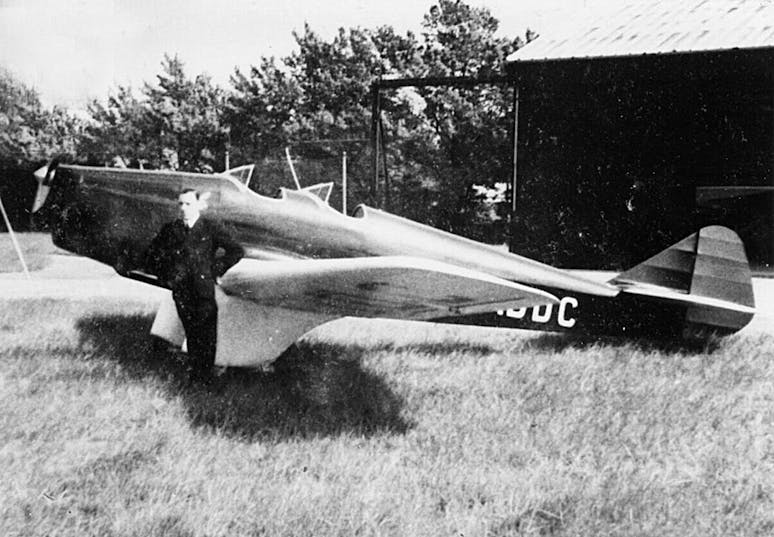
Where was ALG Selsey?
ALG Selsey was located just north of Pagham Harbour close to Church Norton. Occupying land requisitioned on the site of a private 1930’s landing field at Norton Priory, and at less than 100 miles distant from the Normandy coast, it was the ALG closest to the D-Day invasion beaches.
The plans for the Selsey ALG required more land than the original 1930s airfield occupied.

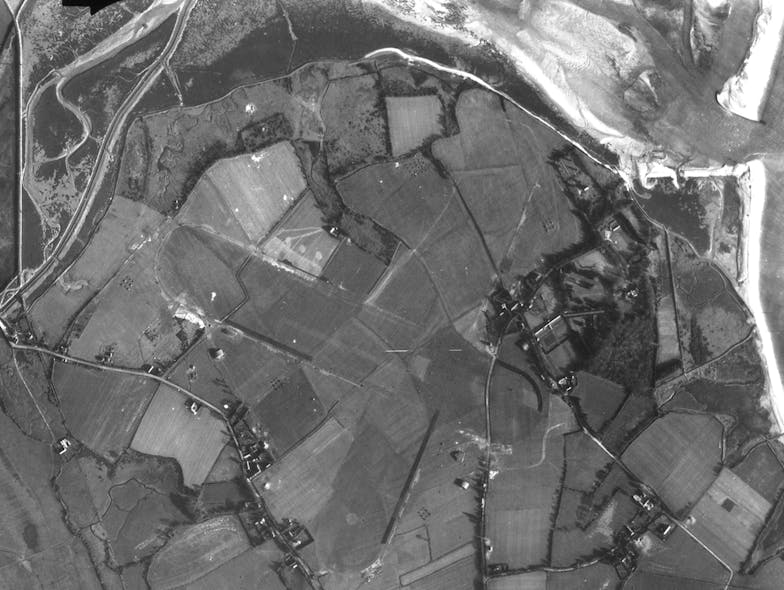
What did it look like?
Against opposition from the Ministry of Agriculture the land was requisitioned in 1942, where work began in February 1943.
Two runways, reinforced with steel matting, were laid in the form of a cross, with the main runway running north-east/south-west, 4200 ft/1280 metres in length, and a secondary runway running south-east/north-west of 3,900ft/1189 metres in length.
Rectory Lane which was crossed by this runway, and the surrounding area, was closed to the public.
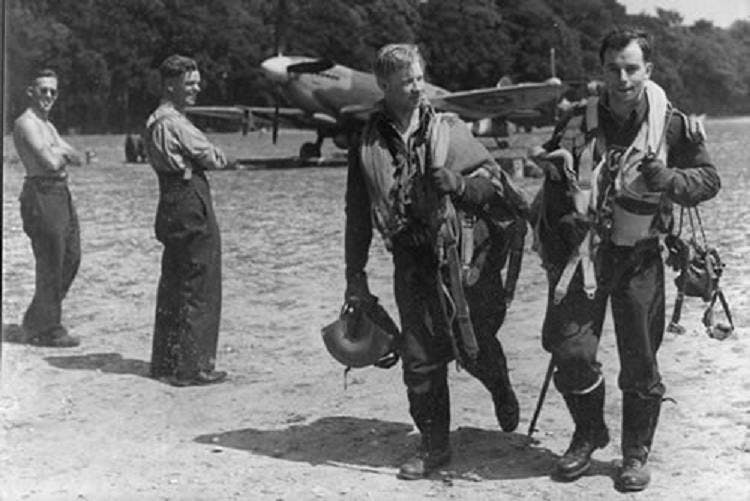
1943
Work on the Selsey ALG was completed on 31st May 1943, in time for No.65 (East India) Squadron to fly their Spitfire Vs in from Fairlop near Ilford.
These were joined by No.245 (Northern Rhodesian) Squadron flying Typhoon 1Bs to form No. 121 Squadron.
A month was spent living under canvas, with the Spitfires undertaking mainly bomber escort work from the basic airfield, as the Typhoons undertook further training and carried out rocket attacks on enemy lines of communication in France.
They then moved respectively to Kingsnorth and Lydd in Kent, while Selsey’s ALG was upgraded in preparation for Operation Overlord.
Norton Priory and a number of cottages near Cole’s Farm were requisitioned for accommodation.

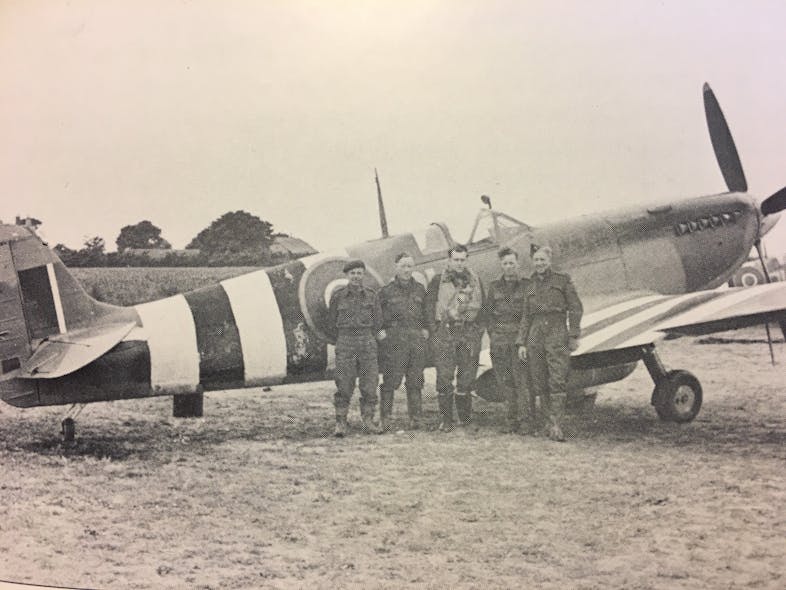
1944
Completion of this work by 1st April 1944 saw the arrival of No.135 Wing with Nos. 485 (RNZAF), 222 (‘Natal’), and 349 (Belgium) Squadrons equipped with Spitfires IXs.
Before D-Day they were engaged in divebombing any available target in France.
On D-Day the squadrons provided beach head cover from dawn, protecting the Mulberry Harbour units and the Allied convoys across the Channel.
Note in this image the wide white stripes painted on the Spitfire wings and around the fuselage: intended to avoid allied friendly fire.
These became known as the ‘Invasion Stripes’ in preparation for Operation Overlord.
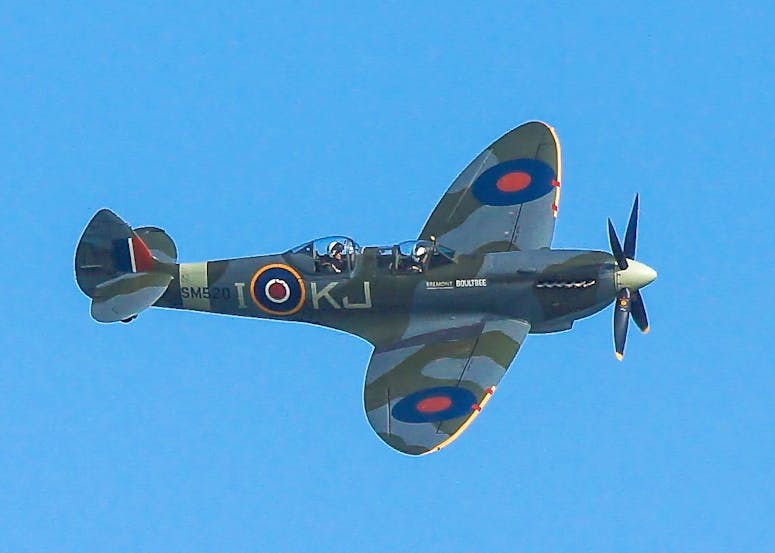
D-Day
D-Day operations included the bringing down over the Normandy beach head of the first Luftwaffe fighter that day (a Junkers Ju88) by RNZAF Sqn. Leader ‘Johnnie’ Houlton of Sqn No. 485 in his later famous Spitfire IX ML 407.
No.349 Squadron claimed two aircraft shot down and three damaged.
During the week after D-Day No.485 Sqn downed nine Luftwaffe fighters without losses.

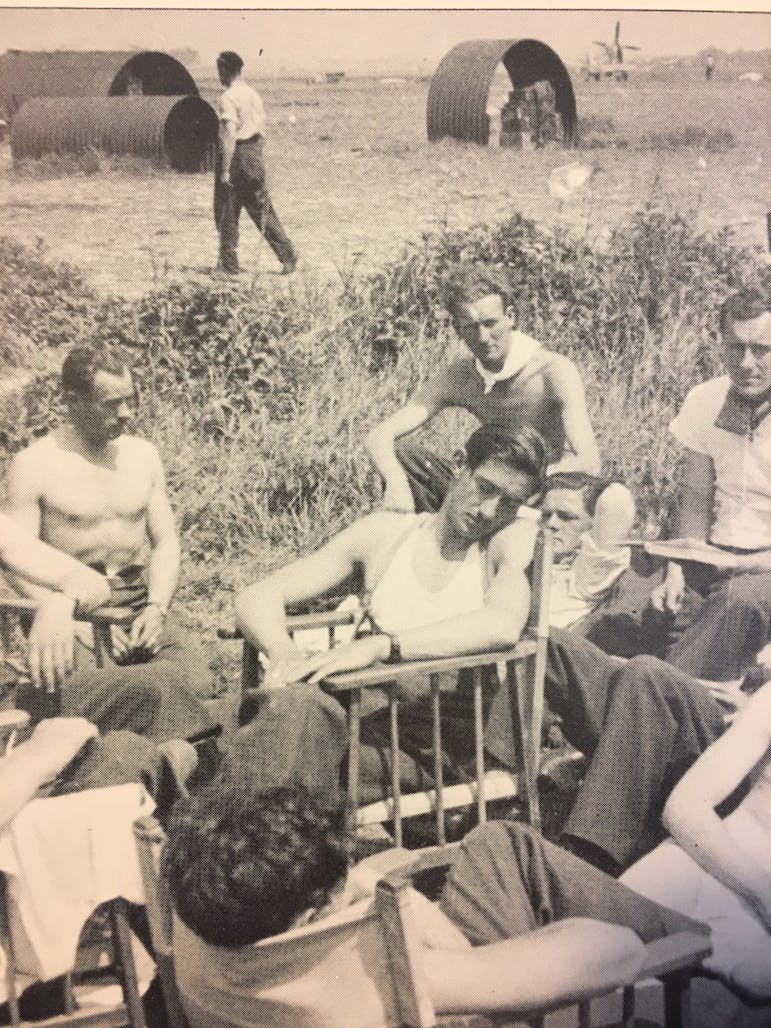
On 19th June, No.145 (Free French) Wing consisting of Nos. 329, 340 and 341 Squadrons flying Spitfire IXs arrived at Selsey from Funtington ALG. Under the command of the much decorated RNZAF fighter ace Wing Leader ‘Bill’ Crawford-Compton, these carried out bomber escort missions and occasional ‘Noball’ operations against German ‘ski sites’.
These were the launching ramps for the V-1 ‘Doodlebug’ flying bombs, based in northern France and in the Low Countries targeting London. In the summer of 1944 their distinctive engine noise could often be heard over Selsey.
On 8th July, No.135 Wing claimed seven enemy aircraft. On 10th July, No. 222 Sqn brought down two FW190s for no loss to themselves. No.485 Squadron then moved to France. Sqn Nos. 222 and 349 moved from Selsey to Coolham, to Funtington, back to Selsey, in August to Tangmere, and then to ALG B17 Carpiquet, near Caen.
No.145 (Free French) Wing was briefly joined by No.74 (Trinidad) Squadron, but with Allied progress in Europe, by mid-August they had left for Tangmere and from there to ALG B 8, Sommervieu near Bayeux.
No.33 Squadron which was briefly at Selsey, moved to ALG B.10 Plumetot, in-land from Sword Beach.
No.135 Wing returned to Selsey briefly until 19th August 1944, carrying out bomber escort duties.
Soon after that Selsey ALG was to become redundant.
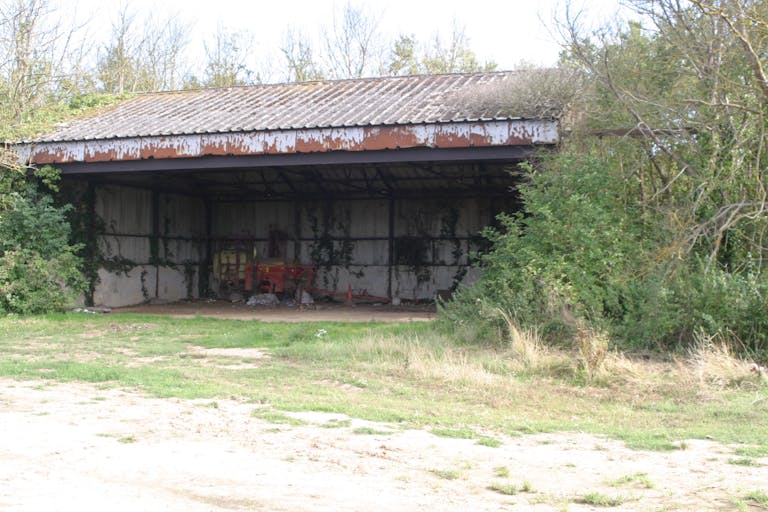
Today
It was not until March 1945 that the land was released and livestock able to graze again. The site was fully de-requisitioned shortly after the end of the war, and the runways, hangars, and most buildings were removed. Selsey ALG had served its purpose, and served it well.
Today there is nothing remaining of the original airfield except for an old hanger turned into a barn.
A Blue Heritage Plaque positioned where the southern end of the secondary runway once extended over Rectory Lane into the field to the south east, commemorates the location of and the part Selsey ALG played in the liberation of Europe.






